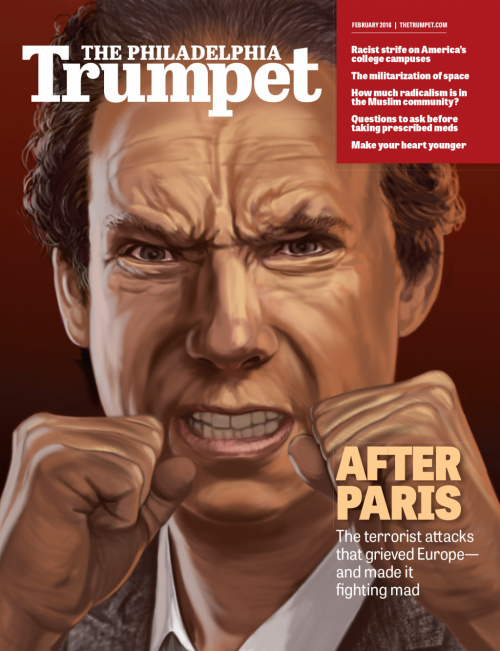Blueprint for a United States of Europe?
The Paris attacks in November proved the impossibility of securing Europe’s external borders from terrorists. To resolve that security challenge, the Dutch Parliament has proposed creating a smaller version of the Schengen zone, Europe’s passport-free travel region.
According to De Telegraaf, the Dutch want to pare down the Schengen zone from 22 European Union members and four non-members to just five nations: the Netherlands, Belgium, Germany, Luxembourg and Austria.
Within the Netherlands, the plan might win the support of some parliamentarians. Halbe Zijlstra, leader of the vvd parliamentary party, vowed his support, saying, “The [refugee] influx is so large that you need to take unorthodox measures.”
Last summer, German Chancellor Angela Merkel conceded that Europe’s struggle to implement a fair refugee allocation system could force the Continent to “talk about the future of Schengen.”
Stratfor noted the plausibility of an alliance among the five nations referred to in the De Telegraaf report: “Put simply, this is not a random list of countries, but a collection of states that share deep cultural and historic links. In fact, the map that the Dutch government allegedly has in mind bears a remarkable resemblance to the Holy Roman Empire in the late 18th century” (Nov. 18, 2015).
Stratfor also noted that a mirror image of a mini Schengen zone could appear in Eastern Europe. It projected that the Visegrad Group—comprising Poland, Hungary, the Czech Republic and Slovakia—will seek to “continue its strategic partnership with Romania to create a political axis (and potentially a military alliance) from the Baltic Sea to the Black Sea.”
These preliminary developments are remarkably similar to what Herbert W. Armstrong said in 1981: “[W]hen [this Holy Roman Empire] does happen, it will happen suddenly—so quickly it will take your breath, and the whole world will gasp in awe and wonder when they see the things that are prophesied. For example, 10 nations in Europe—probably five of them in Western Europe and five in Eastern Europe—reviving, resurrecting, the so-called Holy Roman Empire of the Middle Ages ….”
